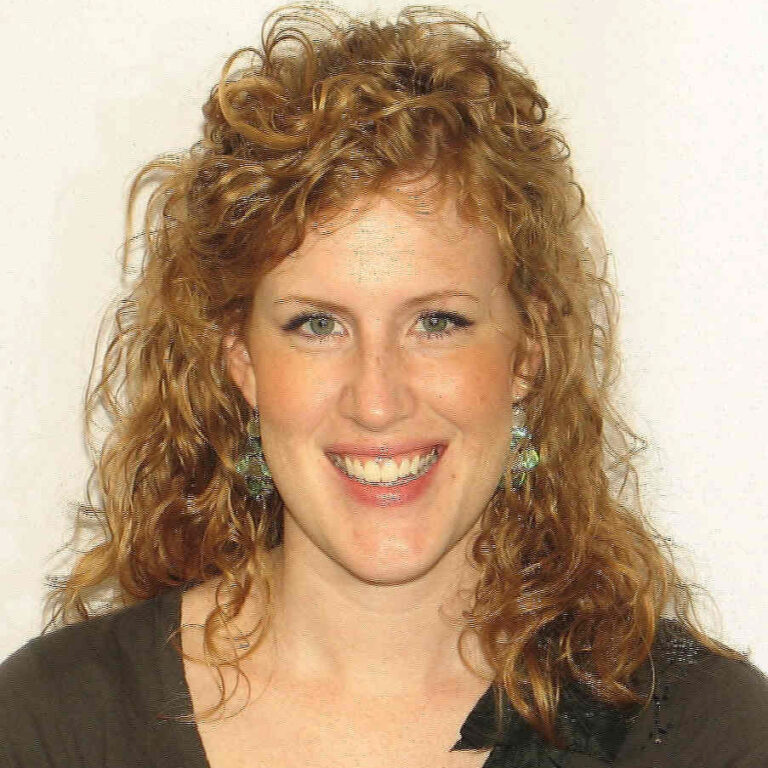I have to admit that the title was a turn off. For me, it conjured up saccharine stories in the vein of Chicken Soup for the Soul, or some sort of Christian romance that may or may not have involved octogenarian knitting. But the subtitle was compelling and the book was highly recommended to me by multiple people, so I read it. I have read quite a bit about race, but I found the argument made by the author, Resmaa Menakem, a therapist, to be deeply persuasive.
In My Grandmother’s Hands: Racialized Trauma and the Pathway to Mending our Hearts and Bodies, Menakem explains that trauma is not individualized, but carried collectively. Trauma can spread like a contagious disease within couples, families, close relationships, and generationally. According to Menakem, “whenever one group oppresses, victimizes, brutalizes, or marginalizes another, many of the victimized people may suffer trauma, and then pass on that trauma response to their children as standard operating procedure.” Trauma that continues for multiple generations is often called historical trauma which Menakem likens to “a bomb going off, over and over again.” Unhealed trauma can function like a rock in a pond with ripples that affect many others over time to become a family norm, or, compounded through families and generations, much like culture. Menakem even makes the case that memories connected to painful events can be transmitted from parent to child in a bodily form, based on recent studies of epigenetics (the study of inheritable changes in gene expression).
But the effects of trauma are not merely contained to what happens to us. Menakem writes that trauma also occurs from watching or experiencing someone else get traumatized, or by inflicting the harm. According to Menakem, “it’s easy to see how white-body supremacy has created soul wounds for many millions of African American bodies over the past three centuries. It’s less obvious what the inflicting of that trauma has done to white bodies.” He examines the generational forms of trauma in native peoples, African Americans, and other groups of people, but also examines the generational trauma of white bodies and how that trauma manifests itself in unhealthy ways. Most notably, Menakem sees the violence between police and African Americans as a bodily response where many white bodies of law enforcement react to African American bodies in a bodily way – as harmful, dangerous, and needing to be controlled.
Menakem says a great deal more than I can cover in a short blog post, but in addition to his argument and evidence, I appreciated that his book contained methods to retrain our bodies, or, in his verbiage, settle our bodies in healthy ways to promote healing and reconciliation. Historians tend to do well interpreting the past through evidence and analysis, but we are much less adept at explaining solutions. Too often I read histories or accounts of race or trauma that simply explain the problem in depth and detail without offering anything in the way of solutions. The more I read about race, the more helpless and frustrated I feel about making some small steps toward healing or reconciliation. Menakem’s experience and expertise as a therapist helped to define the seemingly eternal conflict between and among racial groups, but also created a space for working on healing and resolution.
I was recently accused of being ”much too rational” in the way that I thought about the practice of healing. While I still tend to find rationality a useful skill, I will also admit that Menakem’s case for racialized trauma and how to heal our bodies a good reminder of our bodily nature. I recently experienced communion with my church family and was reminded of the bodily nature of Christ’s death and resurrection, in a tangible form of eating the bread and drinking the cup. Our bodies have memories, but also need to be reminded and trained to experience grace…and also healing.
What a world this will be when human possibilities are freed, when we discover each other, when the stranger is no longer the potential criminal and the certain inferior. – W.E.B. Du Bois
Resmaa Menakem, My Grandmother’s Hands: Racialized Trauma and the Pathway to Mending our Hearts and Bodies, (Las Vegas, NV: Central Recovery Press, 2017).


